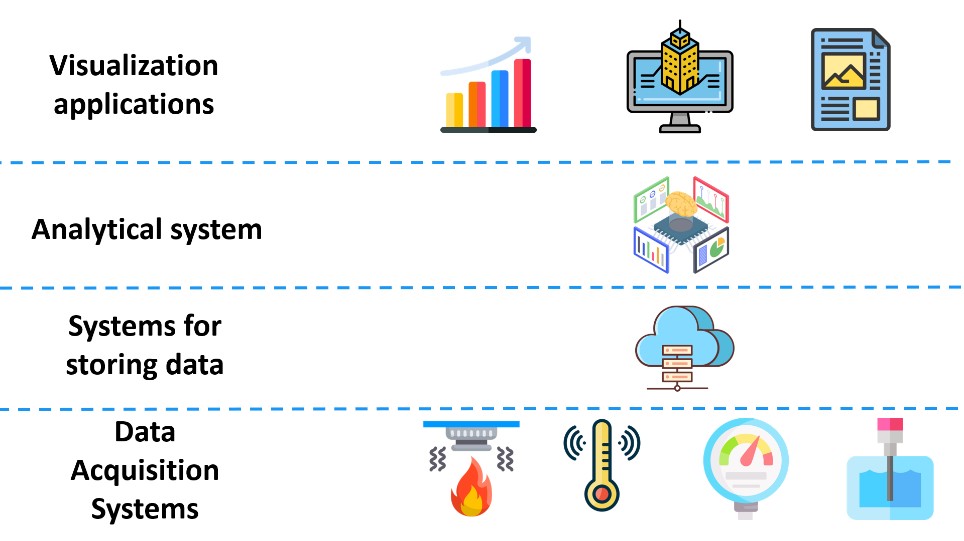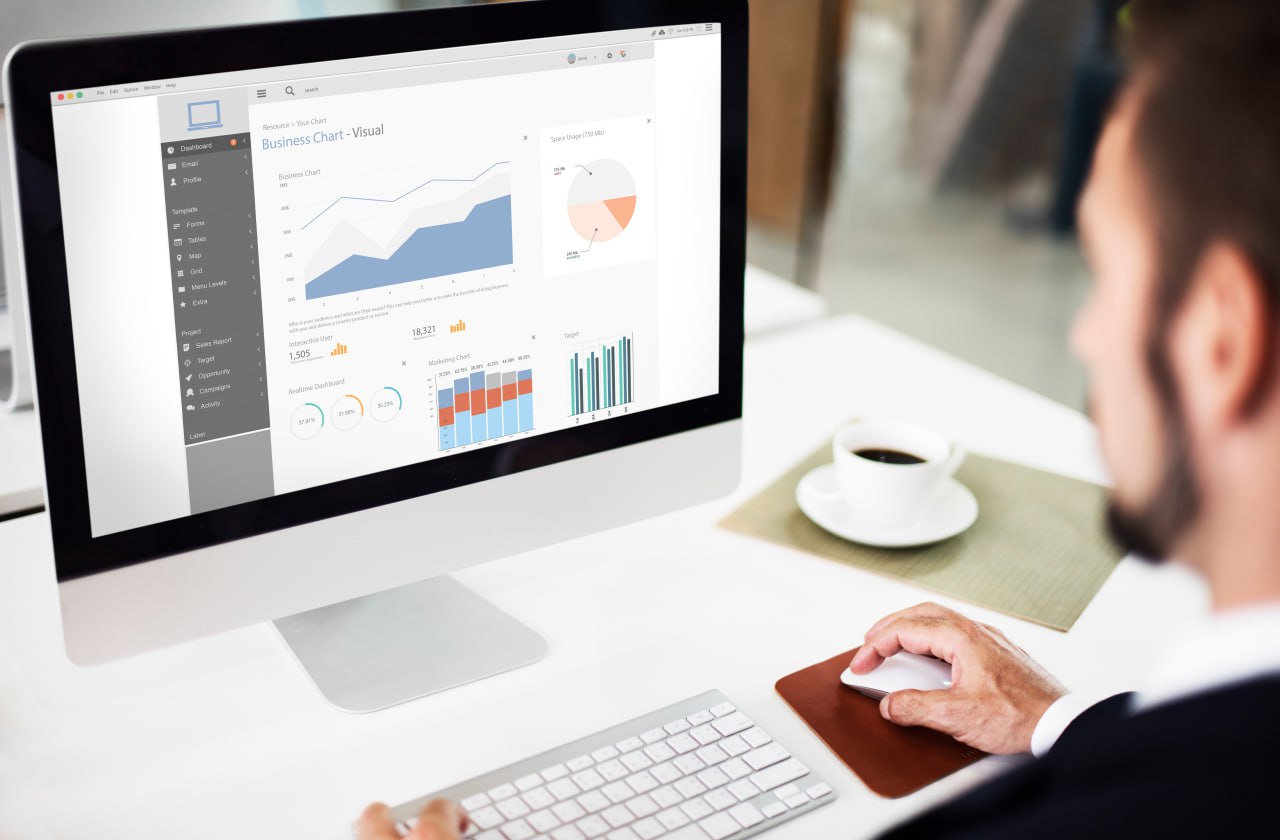A digital twin is a virtual model of a process or physical object that is formed using collected and processed data. Such models are used for monitoring, analyzing and forecasting the development of processes, as well as testing optimization methods. Research results usually apply back to the original physical object or process.
Virtual twins are used in industry for equipment monitoring, production process management and safety assurance. You can see a similar case in our blog. Below are several examples of ready-made platforms for industry:
- PTC ThingWorx and ANSYS Twin Builder are platforms that allow enterprises to create digital twins of their physical assets and systems. The platforms offer functions such as real-time data analysis, preventive maintenance, and remote monitoring.
- Siemens MindSphere is a solution for implementing and managing virtual twins of physical objects, which includes several functions: data analysis, machine learning, and preventive maintenance.
- GE Digital for industrial asset twins. It offers preventive maintenance, online monitoring, and management.
- IBM Watson IoT. This platform allows monitoring of objects in real-time, tracking the need for maintenance, and optimizing asset performance.
Digital twins in healthcare can be used to create virtual models of organs and tissues, allowing doctors to diagnose and treat diseases more accurately. They can also assist in managing medical data, providing more accurate information on a patient’s condition and optimizing treatment processes.
How are digital twins used in Smart cities?
The popularity of using digital twins in urban management is growing. Smart cities use such systems to model scenarios and forecast changes in response to events. This allows city authorities to make more informed decisions on managing infrastructure, transportation, energy supply and other systems:
Smart cities use virtual twins to model and analyze traffic patterns in the city, including traffic flow, pedestrian movements and public transportation. By collecting data from sensors and cameras in real-time, a virtual model of the city’s transportation network can be created and used to optimize traffic flows, reduce congestion and improve safety.
Singapore’s digital twin is used to monitor real-time traffic and predict congestion.
Energy consumption management: a city’s digital twin can be used to monitor and optimize the energy consumption of buildings and urban infrastructure. By creating a virtual model of energy systems, including heating, cooling, lighting and ventilation, smart cities can identify sources of energy savings.
The city of Helsinki has created a virtual copy of its central heating system to optimize energy consumption and reduce carbon emissions.
Urban planning: Smart City digital twins can be used to model and visualize urban development projects, including new buildings, public spaces, and transportation networks. By creating a virtual model of proposed construction, urban planners can assess its impact on the environment, optimize its design, and interact with stakeholders.
A digital twin of Amsterdam was created to model the impact of climate change on its infrastructure and plan adaptation measures.
How are they created?
Creating systems usually involves using special software tools and technologies. Here are some of them:
Data collection systems and sensors: to create a digital twin, the data about the real object or system must be collected. Various sensors are used for this purpose, such as temperature, pressure, humidity, noise level, etc.
Databases: special databases, such as graph or time-series databases, are usually used to store, analyze and manage data.
Analytical tools: machine learning, artificial intelligence, time-series analysis and other tools are used to analyze the data and create a virtual copy.
Visualization: various visualization tools, such as graphs, diagrams, 3D models, etc. are used to display the digital twin.

Digital twin structure
In addition, there are many platforms on the market for creating digital twins, such as GE Digital, Siemens MindSphere, IBM Watson IoT, and others. Such solutions contain ready-made tools, but usually require customization to meet the client’s requirements.
To assess the cost of integrating with a ready-made platform and creating a custom solution, please fill out the checklist at the link.

